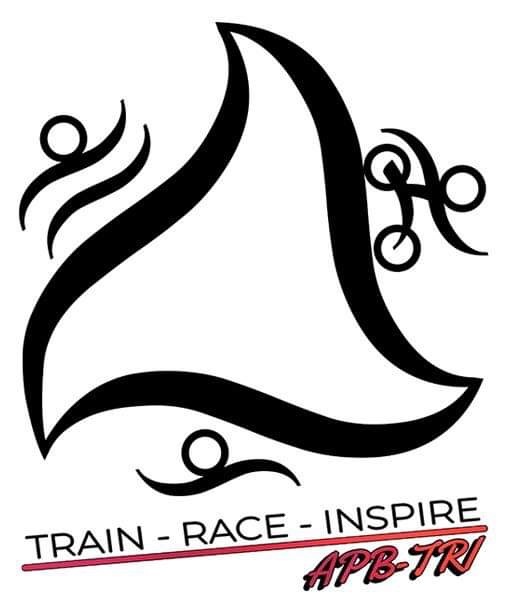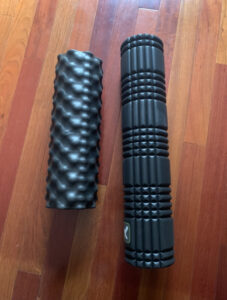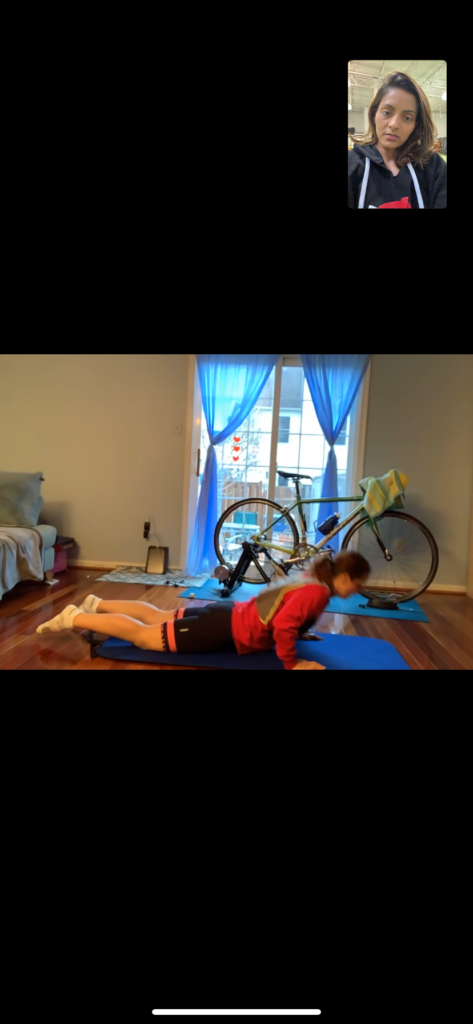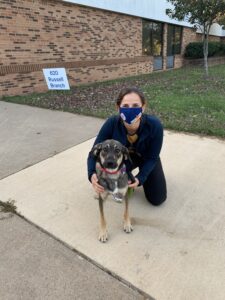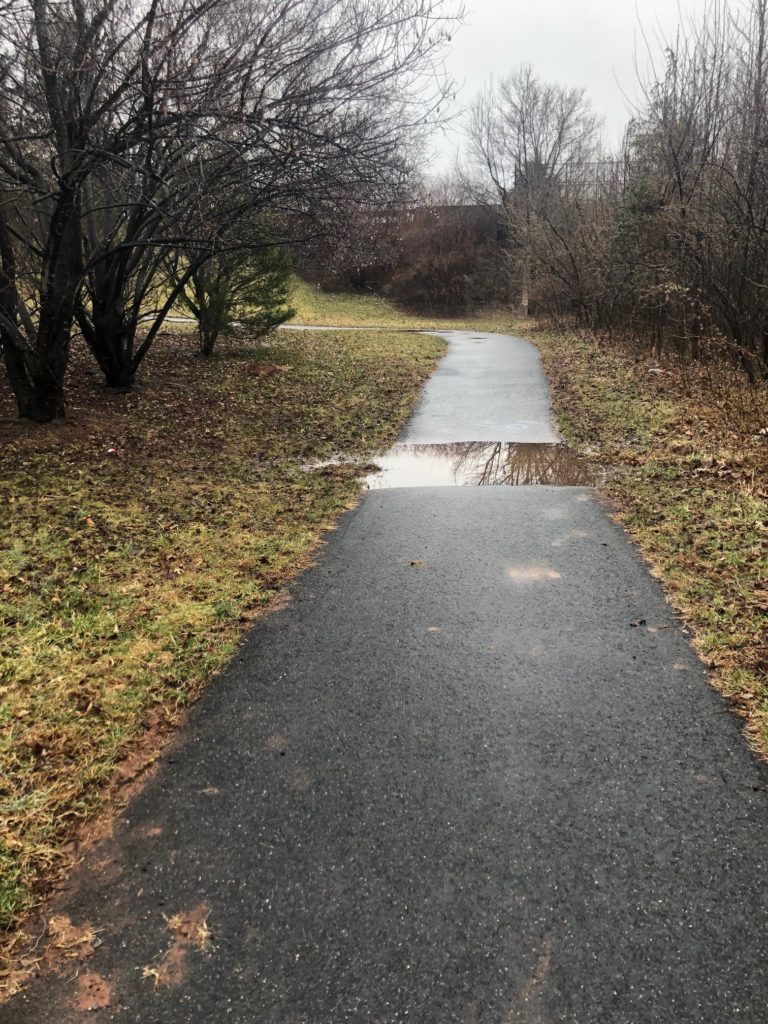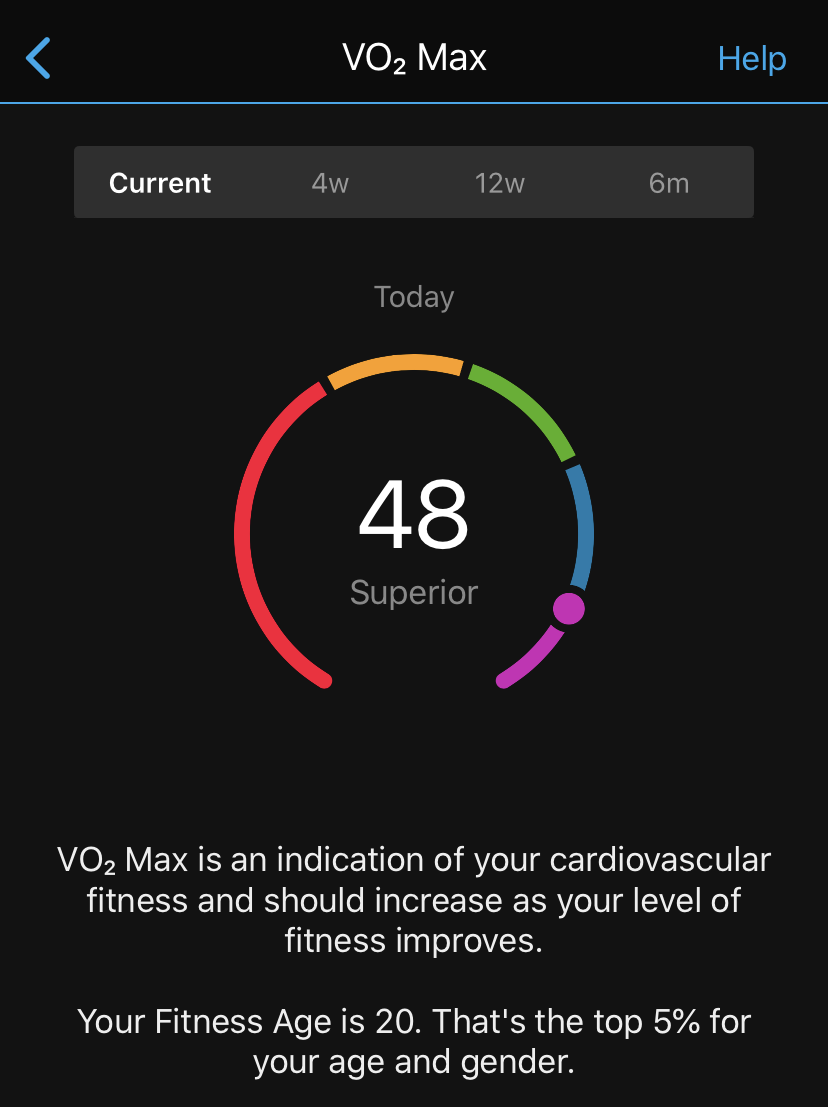When you are a runner, a mention of ‘Achilles’ heel’ doesn’t make you think of Greek mythology (but feel free to read up on that here). Instead, it’s that tendon in the back of your leg that occasionally acts up. My Achilles’ tendon has never been my Achilles’ heel (pun intended 😜), but I know it’s an issue for many. I am not selfish, I do research on behalf of my friends, too 😉.
What is Achilles’ heel?
Let’s start with what is Achilles tendon: it attaches your heel bone to your calf muscles. I don’t know how about you, but I think that location is just begging for problems. I regularly put my foot down wrong and tweak my ankles. You can pretend you don’t, but I know it happens to you, too! So how can something attached right there be safe from getting hurt?
Achilles’ heel, also known (more scientifically) as Achilles’ tendinitis, is an inflammation to that tendon. It’s a type of injury you totally give to yourself per your own request: it’s caused by repetitive movement, such as walking, running, jumping or pushing up on your toes. Oh, and let’s not forget one of my favorites: stair climbing.
Fortunately, you don’t automatically give yourself the Achilles’ heel just by doing the above exercises. A recurring theme here is having a tight calf muscle pulling on your tendon. This tends to happen when you start a new sport, increase amount or intensity too fast or run on an uneven surface (this is how I usually cause calf tightness – hence I’m not big on trail running). Your body can be also working against you here through bone spurs, some medical conditions, flat arches in your feet (I should get tendonitis daily if that’s a major factor!) and age (you can only go in one direction on this one…).
What are the symptoms?
Well, besides the awful pain in your leg? You know – the one you feel exactly where the tendon is? And yes, it gets worse as you exercise. Your tendon can also thicken or you can experience swelling in the area. My symptoms are usually tightness in that area, especially before I start moving. I tend to loosen it up after I move around. But anything that makes it hard to walk ‘like a normal person’ is a sign. And a bad one at that.
Oh, and let’s get this clear: if you hear a ‘pop’ followed by sharp pain, you probably ruptured the tendon. To be fair: any time you hear an unexpected pop in your body, it’s most likely bad news and you should go see a doctor.
How to prevent issues?
First thing first: make sure you have the right shoes! I know I refer to this article a lot, but what can I say: when you’re a runner, no piece of equipment is more important than your shoes.
Next thing: if you are starting to experience pain or serious discomfort, stop! Maybe a little bit of stretching or a warm up could help? Especially before you get going. If you are prone to Achilles’ tendon injuries, you know it. It’s either because your body is that way or because you train in a particular manner. Either way, you got a warning – now make sure you’re ready for your next run/ hike/ climb.
Last, but not least, pay attention to your workout plans. If you notice that running along your favorite trail always causes tightness in your calf and occasional pain in the tendon, look for alternatives. Maybe something less filled with holes and rocks? Make sure to plan your training schedule appropriately, too. Idea of getting yourself in marathon-form from not doing more than 10k at a time in a month may not be your best… Focus on building your fitness gradually.
How to treat Achilles’ heel?
As always, if you get advice of a medical professional, do as they say. It takes precedence over ‘this lady on the internet said (…)’. I do my research and do my best to provide good, helpful advice. But I’m not a doctor.
Having said that, here are some home remedies:
- Ice it down
- Stretch gently and carefully
- Try low-impact sport
- Give your body some time to heal itself (as in a few rest days)
- Elevate your foot – this helps decrease the swelling
Here are some a little less on-the-go solutions:
- Wear a boot/ brace to prevent heel movement (personally, I sometimes wear my heavy-duty hiking boots if I need to add stability to my leg while it recovers)
- Physical therapy – triathlete’s best friend…
- Anti-inflammatory meds – I don’t really recommend medicating yourself, but it is considered a treatment for Achilles’ heel, so I feel I would be remis if I didn’t mention it
Some helpful stretches and exercises
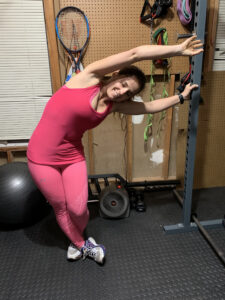
Do you remember how last week I mentioned bending in the foot? Yeah, that’s how you stretch out the Achilles tendon. Time saver!
Here is a video of another good exercise:
In case you’re having issues with video, here are images of the beginning and end positions of the exercise:
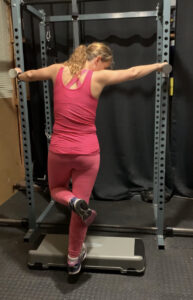

This exercise is actually awesome, as it shows you all the movements that will help you strengthen your Achilles tendon. Also: stretches in these directions help.
Keep stretching and I will see you out there!
